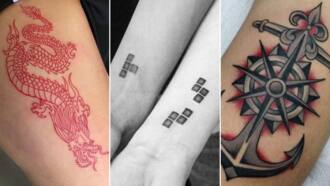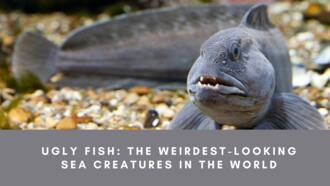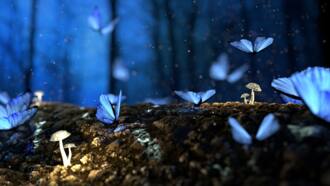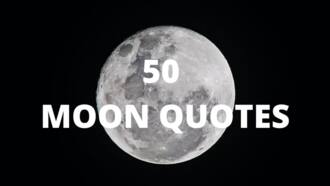Different types of dragons from mythology and popular culture
A dragon is a legendary reptilian creature that appears in many cultures' oral history. In some traditions, the creature is conceived as evil and in others as beneficent. However, beliefs about them vary considerably through regions. Discover different types of dragons from mythology and popular culture to enhance your knowledge.
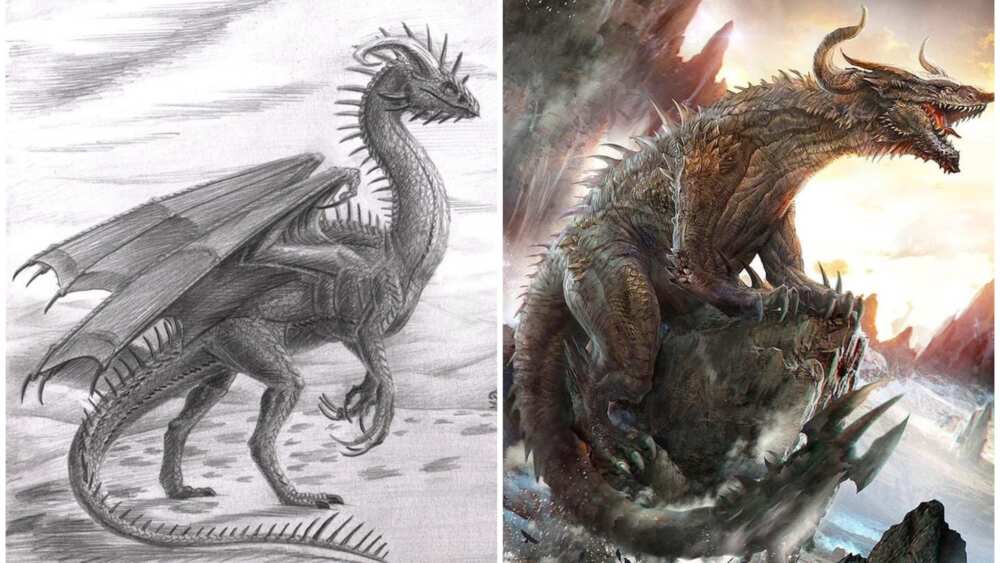
Source: UGC
Mythical dragons have been an integral part of multiple significant civilizations across the globe. While there are organized classifications in the world, there is still much more to find concerning each dragon’s personality. As symbols of significant power, whether good or bad, these creatures keep their fame as one of the most well-known mythical beasts in our world.
Different types of dragons
Dragons are among the most popular and enduring of the world's mythological creatures, believed to have been real for centuries. The ideas and descriptions of the creatures differ significantly and are mainly influenced by geographical location. Some of them have wings, while others don't.
Winged dragons
Dragons in western culture have frequently been depicted as winged, horned, and capable of breathing fire. They are also seen as evil beasts that signify chaos and death. These creatures have been portrayed as living in dangerous places to explore and are often thought to guard treasure hoards.
Wyvern
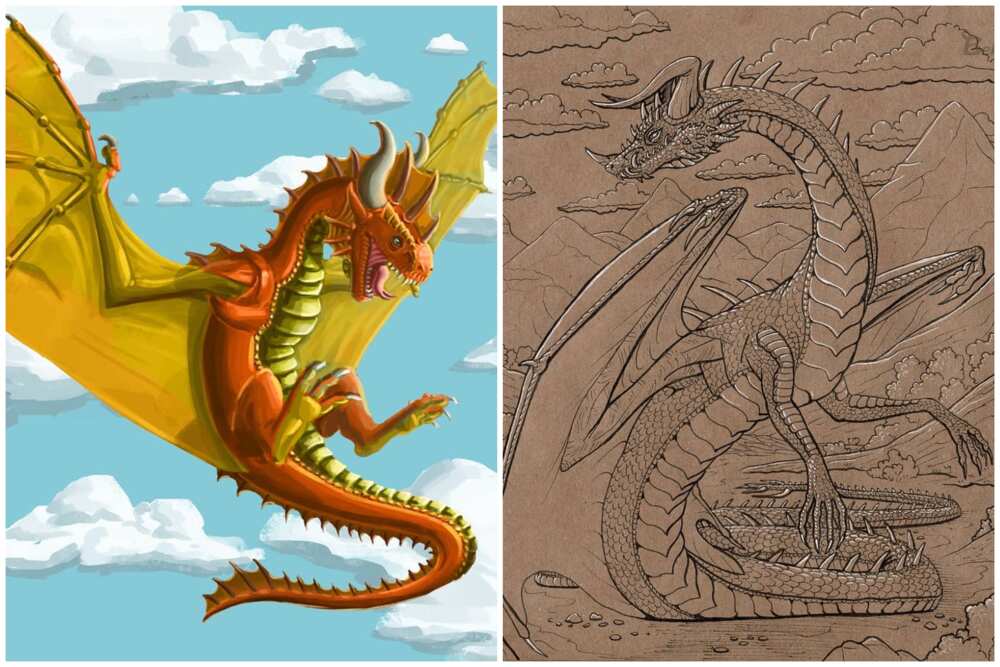
Source: UGC
A wyvern is a legendary winged dragon with two legs from the Mediterranean territory. Wyverns symbolize war, power, and persistence.
Wyverns have long necks, diamond-like tips on the ends of their tales, and large wings with limbs attached to them. Furthermore, they resemble cockatrices and feathered serpents. They have venomous stingers at the end of their tails. They are rarely known to breathe fire and have excellent eyesight.
Leviathan
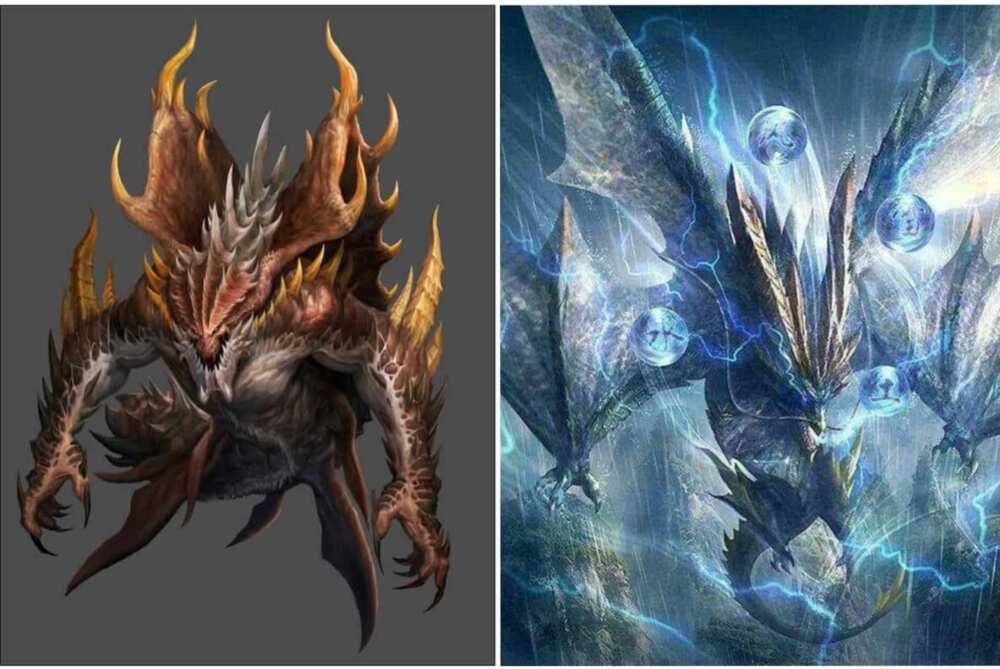
Source: UGC
A leviathan is a sea serpent noted in theology and mythology. Leviathan is portrayed as a deadly serpent and often an embodiment of chaos, threatening to eat the damned after their life. They have the ability to breathe fire with glowing eyes and highly vibrant skin.
Knucker
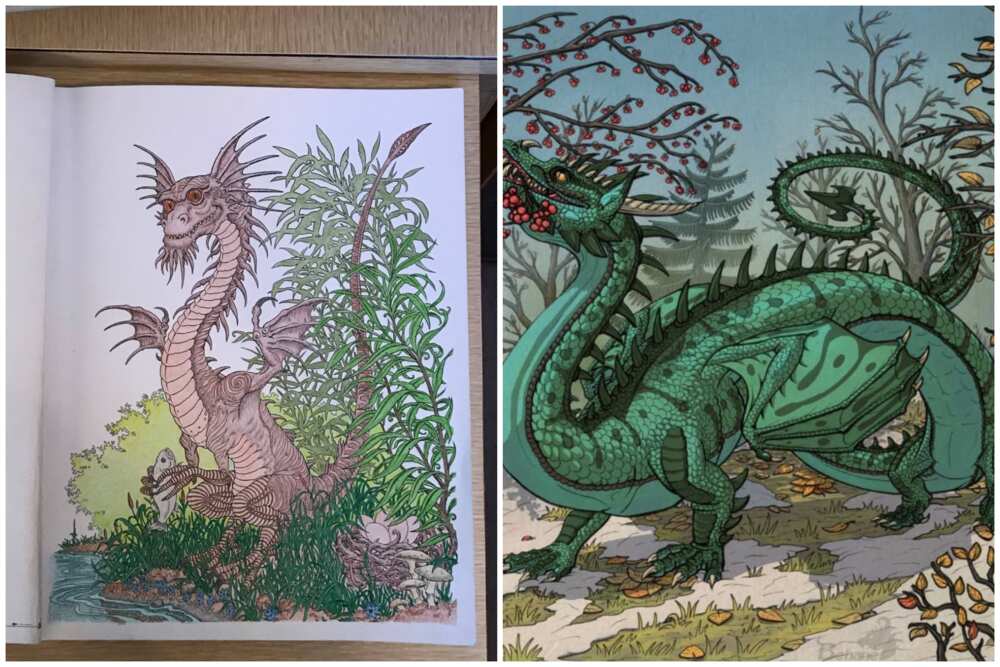
Source: UGC
Knucker is a unique dragon that lives in damp, wet environments with moisture. The knucker is said to have wings and is sometimes described as a sea serpent. It is 30 feet long and has tiny wings. It has a giant slithering sea serpent's body, cold, bold eyes and a deadly, hissing mouth.
Zilant
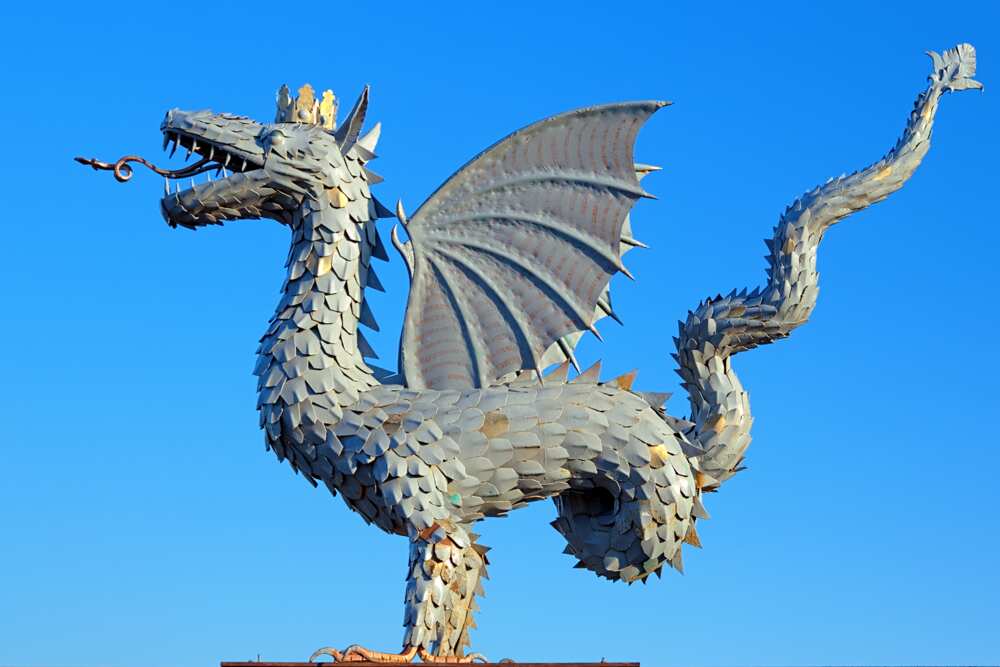
Source: Getty Images
Zilant is one of the unique types of dragons originating from Russia, and they are winged creatures with four limbs, two wings and two legs. Zilant has been the official symbol of the city of Kazan and is also mentioned in legends about its foundation.
Zmey
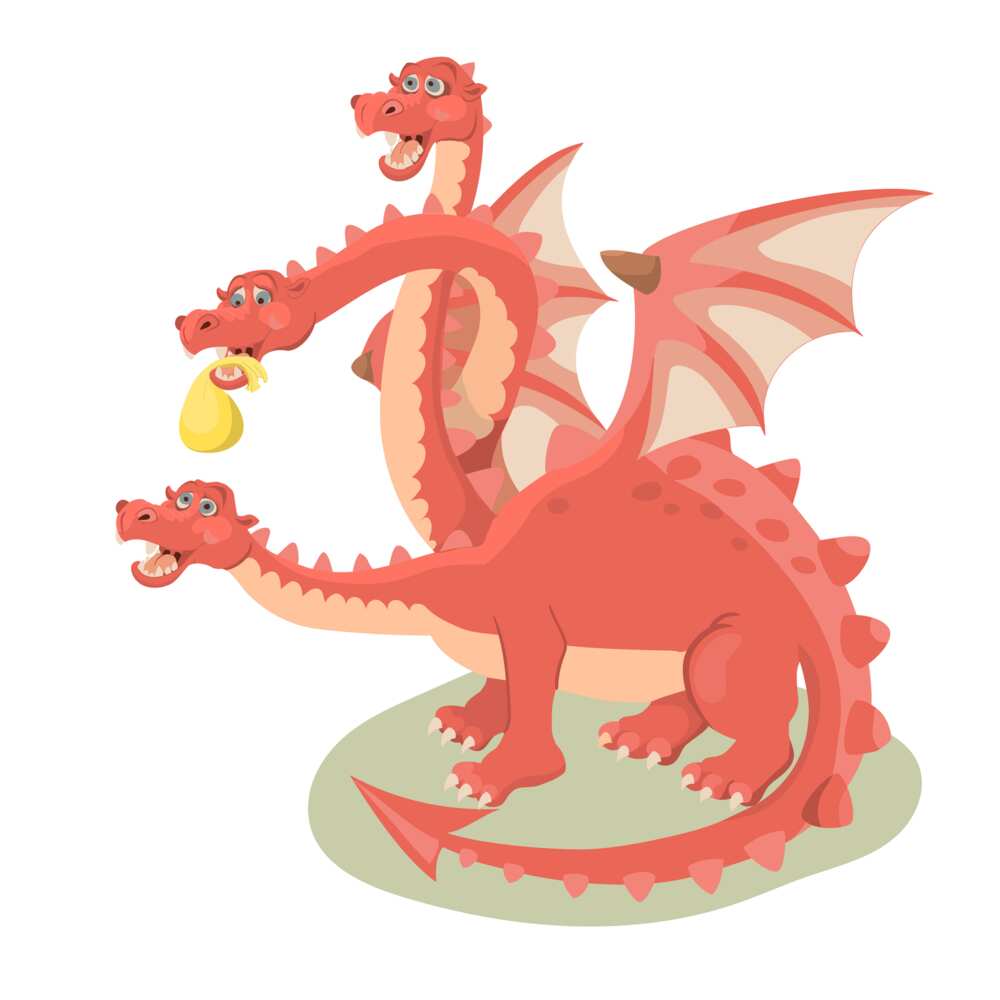
Source: Getty Images
According to Slavic mythology, Zmey, or Zmey Gorynych, is an ancient three-headed dragon that is highly intelligent and benevolent. It was said to have four legs and webbed, bat-like wings and fire breath and poison breath of western dragons. If all the drake heads were not cut off, their ability to regrow again would kick in. In Slavic and related traditions, these creatures symbolize evil.
Basilisk
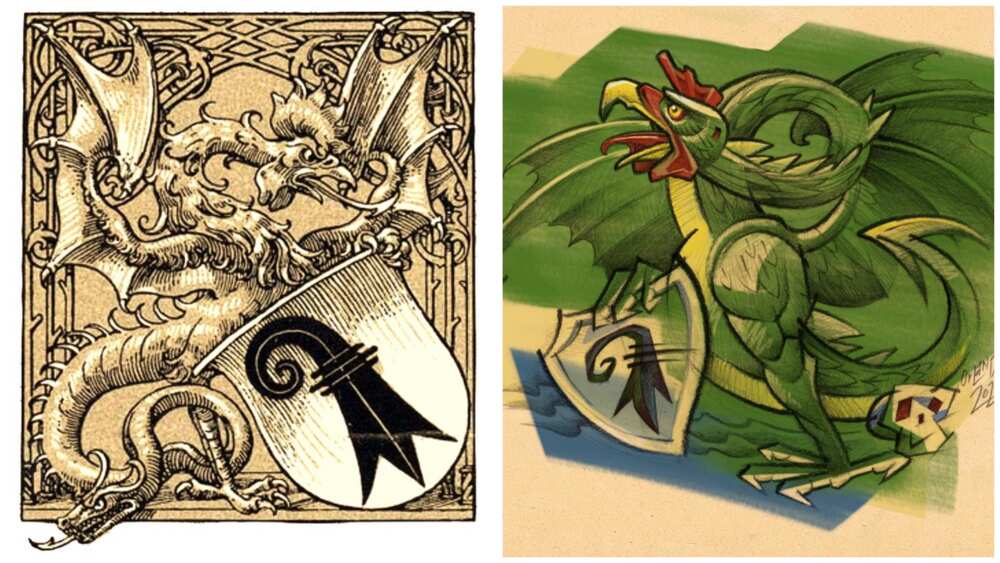
Source: UGC
The basilisk is a mythical creature most often depicted as a reptile and is reputed to be the king of serpents who causes death to those who look into its eyes. The basilisk is described as a huge lizard, a giant snake, or a composite of a reptile and rooster, often with the rooster's head, plumage, and front legs, a reptilian tail, and sometimes scaly wings.
The smell of a weasel is one of the biggest weaknesses of a basilisk. Its poisonous breath withered plants and killed men. Basilisk became known as the cockatrice in medieval times because of depictions with a cockerel’s head and feathered wings.
Dragons without wings
Dragons have changed a lot over history, from their origins as the giant snakes and serpents that guarded treasures and sacred places in classical mythology. In eastern cultures, they are usually described as wingless, four-legged, serpentine creatures with above-average intelligence.
Horned serpent
Horned serpents are a type of mythological freshwater serpents common to many tribes in the eastern United States and Canada. Horned serpent legends vary from tribe to tribe, but they are usually described as massive, scaly, dragon-like serpents with horns and long teeth. The creatures are majorly associated with water, rain, lightning and thunder.
Naga
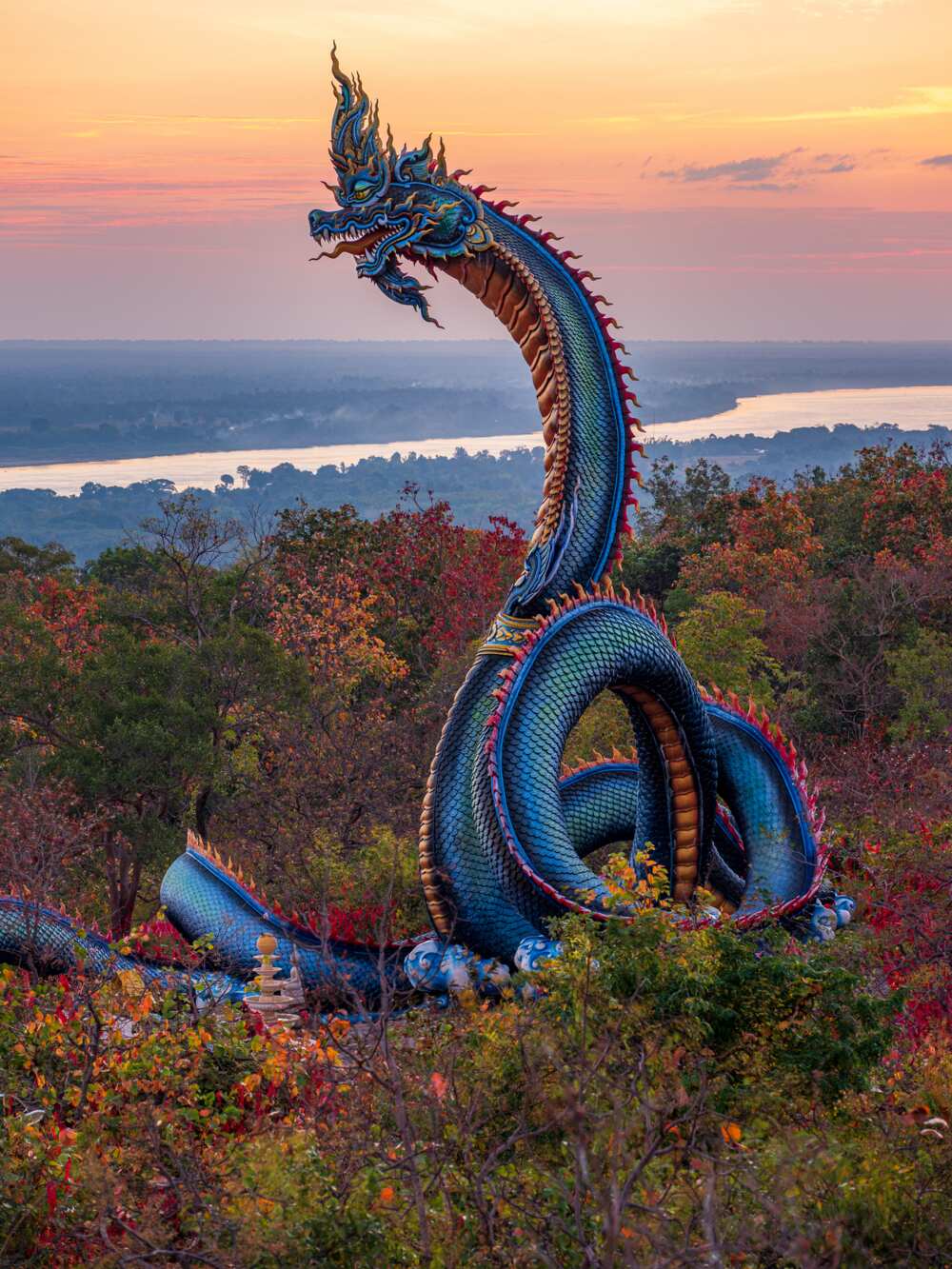
Source: Getty Images
The naga is a famous South Asian dragon that has a peculiar design. They are often cloaked like a mongoose and may have one or several heads depending on their rank. They usually have no arms or legs, but those with limbs resemble the Chinese dragon.
Nagas symbolize the nether realm of the earth or underworld. They are also often associated with water bodies and guardians of treasure. Their power and venom made them potentially dangerous to humans.
Hydra
Hydra, also called the lernean hydra, is a famous serpentine water monster in Greek and Roman mythology. The hydra possessed many heads, but the exact number of which varied according to the source.
According to Greek mythology, the hydra was the offspring of Typhon and Echidna. It had poisonous breath and blood so virulent that even its scent was deadly. The hydra is unique amongst the dragons; it reproduces by splitting heads from its body.
Chinese dragon
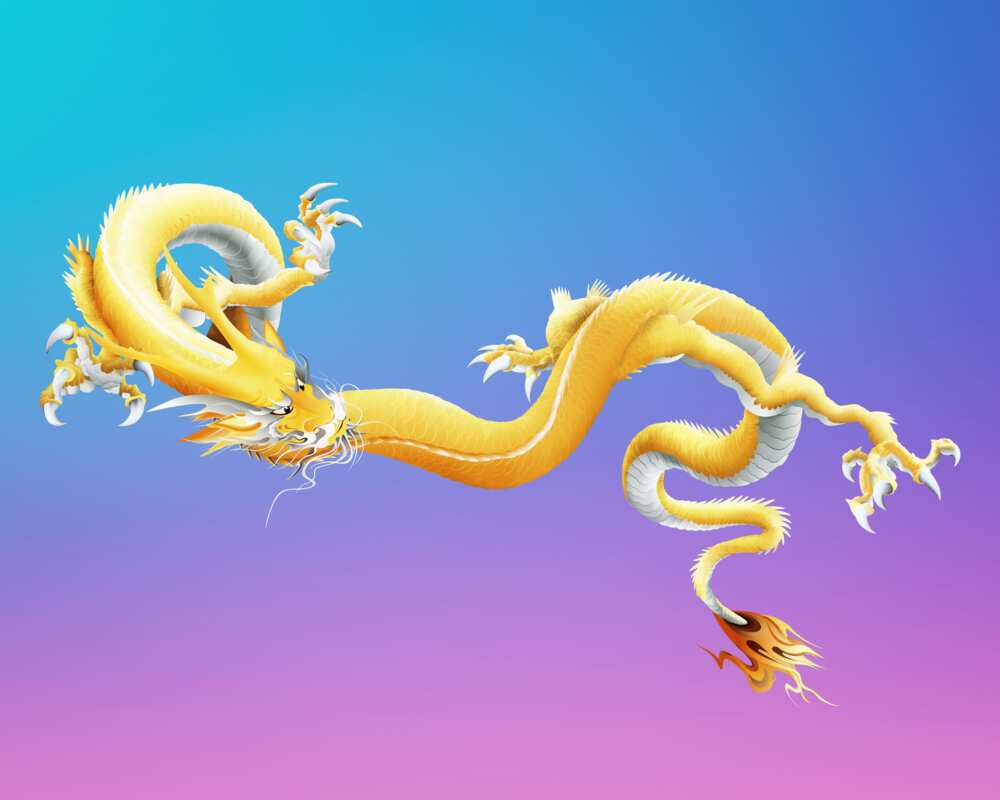
Source: Getty Images
The Chinese dragon, also known as long or lung, is an integral part of Chinese mythology and is also known as the oriental dragon. It is described as a long snake-like creature with four legs, and it symbolizes power, strength, prosperity, and good luck.
Chinese dragons are powerful and benevolent symbols in Chinese culture, with supposed control over watery phenomena, such as summoning rain during a drought.
Druk
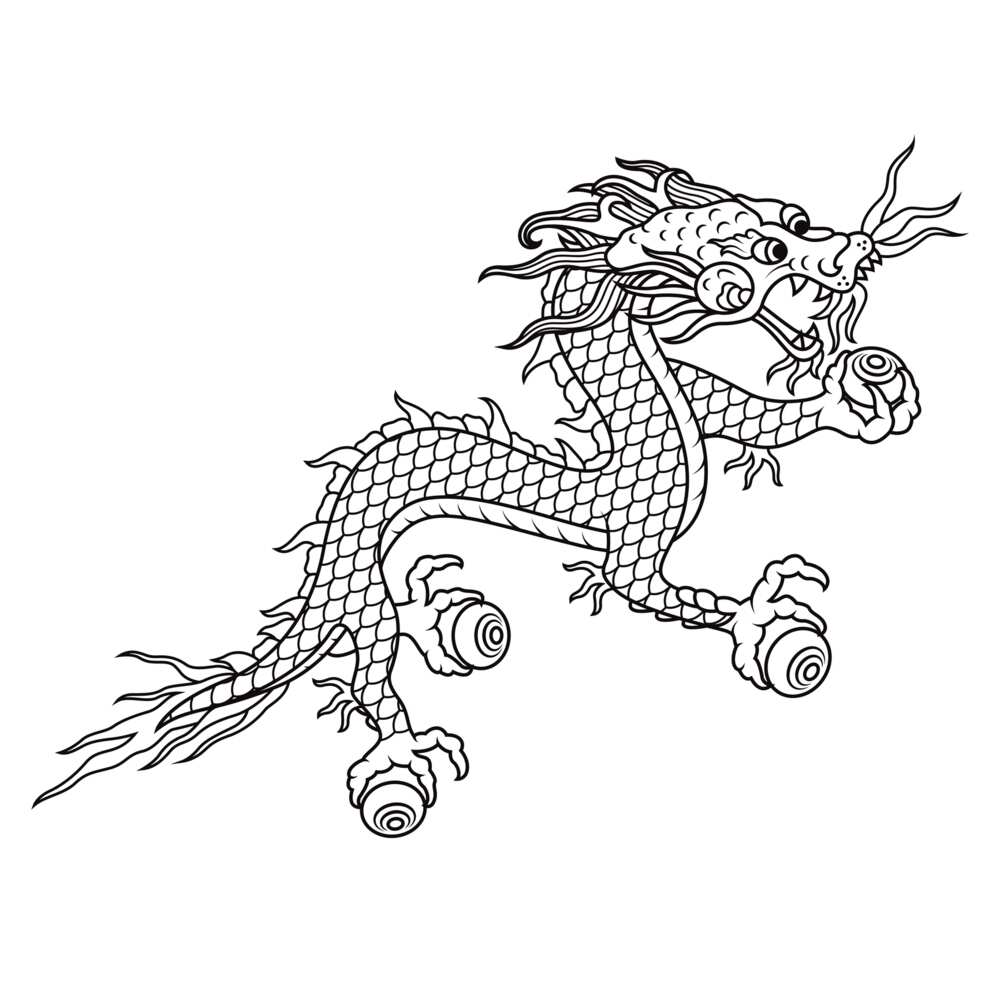
Source: UGC
The druk, also known as the thunder dragon, is from Tibetan and Bhutanese mythology and serves as a national symbol of the Kingdom of Bhutan. The Druk is also the national personification of the Buddha sculpture, mythology, and monarchy. The creature appears on the flag of Bhutan, holding jewels to symbolize wealth.
A druk was an orb-holding serpentine creature believed to live in remote areas of Mount Everest. It is depicted to bring storms and sun to the Tibetan and Bhutanese people.
Drake
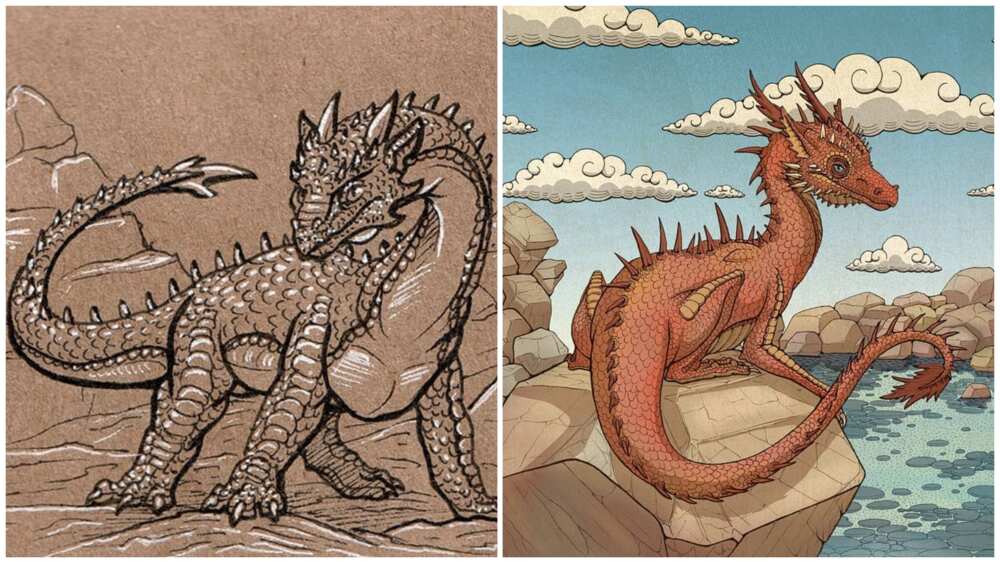
Source: UGC
A drake is a wingless dragon. It has four limbs and a large tail, which looks like a giant lizard or colossal snake. Some have a large horn on their forehead, like a unicorn. Most drakes have armoured scales.
Sea serpent
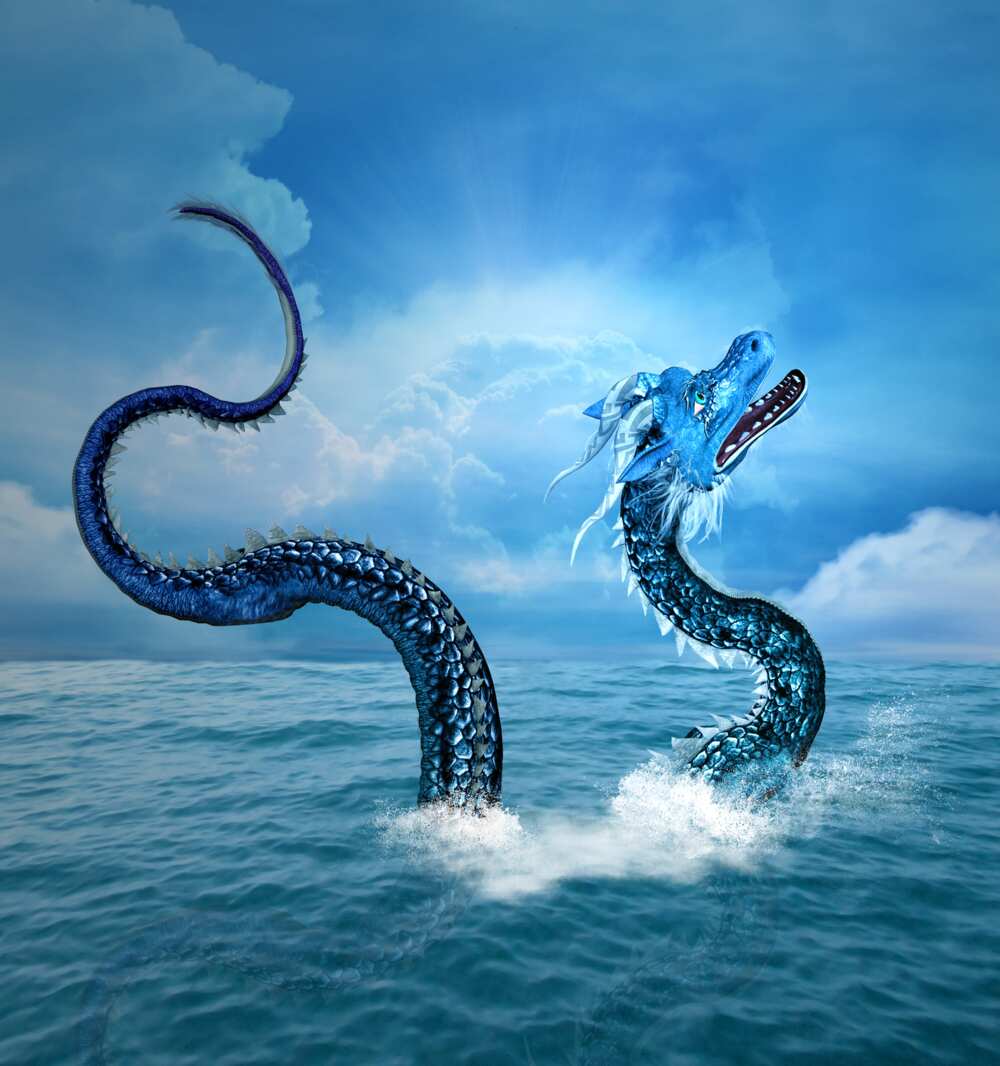
Source: UGC
The sea serpent is a mythical water dragon found in the ocean's depths. Sea serpents are wingless, with long and large snake-like bodies, and they are also the most widespread dragons in different cultures from Asia to Europe and America.
Lindworm
Lindworm is a mythical creature in Northern and Central European folklore living deep in the forest that traditionally has the shape of a giant serpent monster. According to heraldry, a Lindworm is basically a dragon without wings.
Lindworms are supposedly very large and eat cattle, horses, and human bodies. They also invade churches and churchyards. They are depicted as having serpentine bodies with scaly skin.
A dragon is a form of a serpent with a fearsome nature and some character traits, including flying, breathing fire, or harnessing elemental powers. In various cultures, they were seen as sharp and intelligent demigods, or as extraordinarily fearsome and difficult to kill. The above list of different types of dragons will enable you to learn more about mythical creatures.
READ ALSO: 37 fascinating penguin facts to teach your curious children
Legit.ng recently published an article about 37 fascinating penguin facts to teach your curious children. Penguins are a group of aquatic, flightless birds. The are famous for their black-and-white colouring and ability to exist in some of the coldest parts and along coastlines in the Southern Hemisphere.
Penguins are some of the most exciting and unique birds. Despite not being able to fly, they are expert swimmers. But what else do you know about them? Discover fun facts about penguins in this post and learn more about these birds.
Source: Legit.ng

